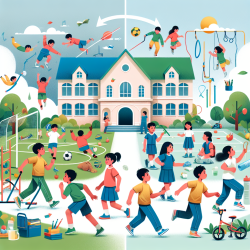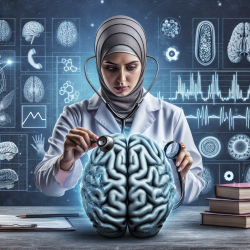Understanding the Transition: A Crucial Phase
The transition from elementary to secondary school is a pivotal period in an adolescent's life, marked by significant changes in their social, familial, and educational environments. According to the research article "Individual and Environmental Factors Associated with Participation in Physical Activity as Adolescents Transition to Secondary School: A Qualitative Inquiry," this transition often leads to a decline in physical activity (PA) among adolescents. Understanding the factors that influence this decline is crucial for practitioners aiming to improve PA outcomes for students.
Key Findings from the Research
The study identified 22 factors affecting PA during this transition, categorized into school, household, social, and intrapersonal factors. Here are some key insights:
- School Factors: Changes in the school environment, such as a new PA/Physical Education (PE) setting, increased academic expectations, and competitive sports opportunities, can influence students' PA levels.
- Household Factors: Parental expectations for independence and changes in family dynamics can impact adolescents' PA participation.
- Social Factors: Peer influence, the desire to fit in with older students, and the social acceptability of play can affect PA engagement.
- Intrapersonal Factors: Adolescents' motivation, athletic identity, and competing interests play a role in their PA behaviors.
Implications for Practitioners
Practitioners can leverage these findings to develop strategies that support students' PA during this transition. Here are some actionable steps:
- Enhance School Environment: Schools should provide diverse PA opportunities that cater to all skill levels, ensuring that PE classes are engaging and inclusive.
- Parental Involvement: Encourage parents to support their children's PA by promoting family activities and fostering independence in choosing PA pursuits.
- Peer Support: Facilitate programs that promote positive peer interactions and social support for PA, helping students form connections through shared activities.
- Motivation and Identity: Help students develop a positive athletic identity and intrinsic motivation by offering varied PA options that align with their interests.
Encouraging Further Research
While this study provides valuable insights, further research is needed to explore the complex interplay of factors influencing adolescents' PA. Practitioners are encouraged to delve deeper into this topic to develop comprehensive interventions that address the multifaceted nature of PA behaviors during the school transition.
To read the original research paper, please follow this link: Individual and Environmental Factors Associated with Participation in Physical Activity as Adolescents Transition to Secondary School: A Qualitative Inquiry.










